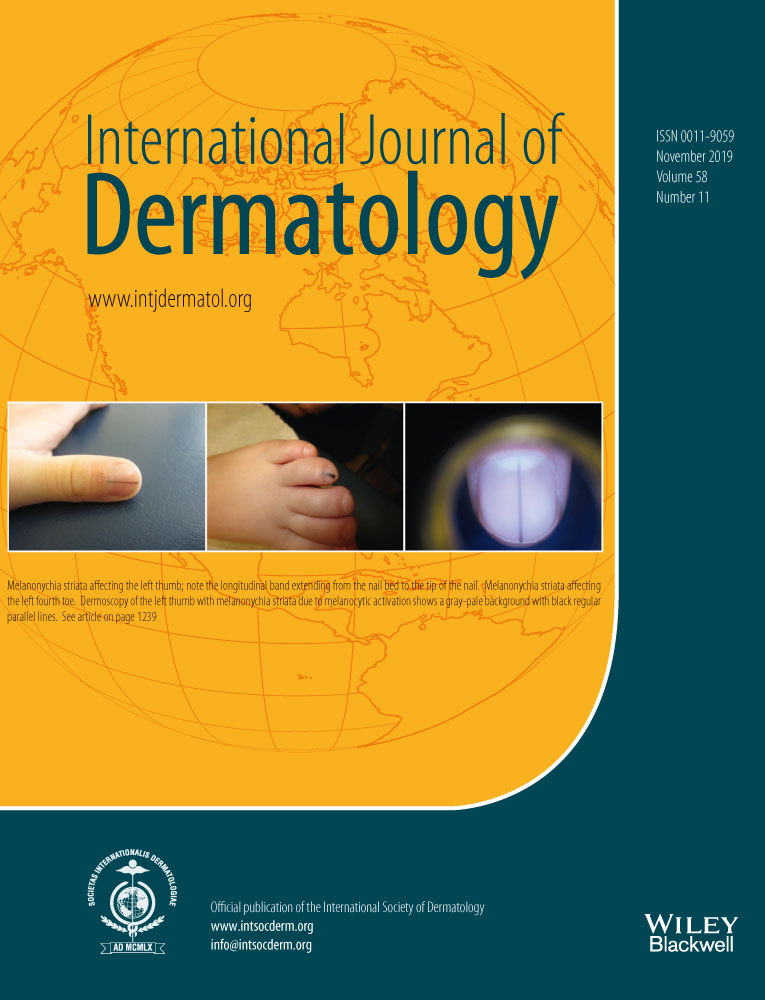Stevens-Johnson syndrome and toxic epidermal necrolysis: a retrospective descriptive study
Abstract
Background
Stevens-Johnson syndrome (SJS) and toxic epidermal necrolysis (TEN) are rare and potentially life-threatening mucocutaneous reactions. Given their rarity, limited cohort studies have been done. The aim of this study is to evaluate and compare the demographics, etiology, management, clinical and laboratory characteristics, complications, and outcome of SJS/TEN patients seen by the inpatient dermatology service at the University of Puerto Rico.
Methods
A retrospective review of 30 cases with identified diagnosis of SJS, overlap SJS/TEN, or TEN who were consulted to the Dermatology Department of the University of Puerto Rico from 2006 to 2017.
Results
A total of 24 adult and six pediatric cases were reviewed. Females were predominant with a female to male ratio of 1.3 : 1. The most frequent offending drugs identified were antibiotics (56.7%), anticonvulsants (23.3%), and nonsteroidal anti-inflammatory drugs (NSAIDs) (16.7%) with the most frequent antibiotic identified being trimethoprim/sulfamethoxazole (23.3%). Seventy percent of patients experienced at least one complication, most often of infectious etiology (80.1%). During hospital course, 73% received pharmacologic therapy (23% received IVIG alone, 17% received steroids alone, and 33% both) versus 27% which received only supportive care. Mortality rate in this study was 13.8%. When comparing SCORTEN at day one of admission, deceased cases had a mean SCORTEN at day 1 of 4.0, while survivors had an average of 1.54 (P < 0.001).
Conclusion
Antibiotics followed by anticonvulsants were the most frequently offending drugs identified within this study.




